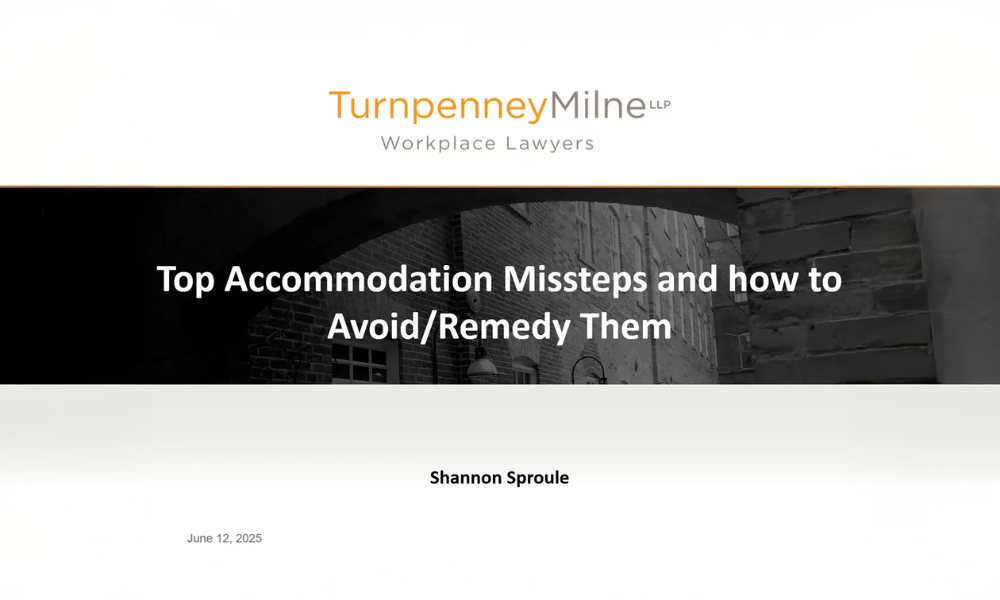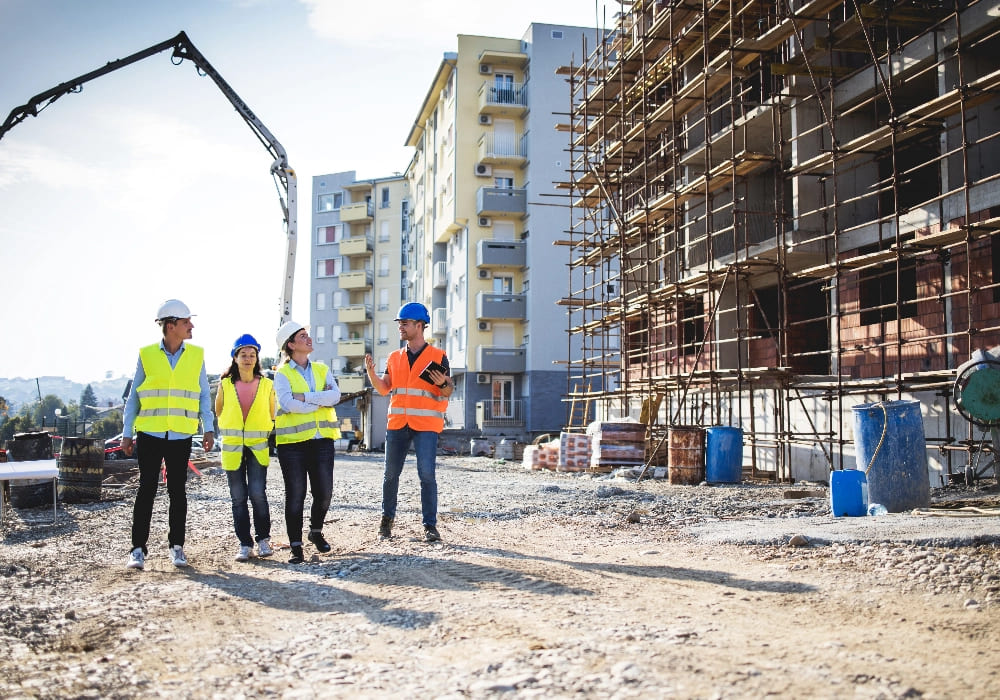For any construction firm to run smoothly, effective human resources teams are essential, as they manage a wide range of responsibilities that contribute to overall business success. From staffing and compliance with labour regulations to employee development and well-being, HR plays a vital role in ensuring that all operational aspects are effectively coordinated. Their efforts help create a stable and productive work environment that extends far beyond the office and into the construction sites themselves.
One of HR’s most critical responsibilities has to do with promoting health and safety on construction sites. Given the inherently high-risk nature of the industry, construction sites present unique challenges that require strict safety measures to prevent accidents and safeguard workers. For HR, this involves working closely with other departments to ensure that health and safety standards are not only met at the baseline but continuously improved.
To help meet these challenges, there are several practical steps HR departments can take to enhance health and safety on construction sites. Below are some approaches that can contribute significantly to creating a safer working environment.
Develop and Implement Safety Policies
Effective safety policies are the foundation of any workplace health and safety programme. Construction firms in particular need to think beyond mere compliance with legal requirements when crafting these policies and instead account for the specific conditions of each site. For instance, implementing measures to prevent dehydration are especially important for outdoor or high-heat projects. Providing facilities such as a water hydration station ensures that workers have easy access to drinking water, which in turn reduces the risk of heat stress and other heat-related health issues. Safety policies should also be dynamic, regularly updated to reflect new standards or lessons learned from site incidents.
Provide Safety Training and Education
The best safety policies mean little if workers aren’t properly trained to follow them. Regular safety training sessions by HR prepare employees to handle the hazards they may encounter. Sessions should cover practical skills like equipment handling, fall protection, and first aid, but they can also include less formal settings like “toolbox talks” to address specific safety topics. HR departments that manage to deliver comprehensive training can encourage a culture of safety within the organisation, promoting safety awareness as a continuous priority rather than a one-time event.
Enforce Policies on Personal Protective Equipment
One of the most fundamental aspects of site safety is that workers must have and use the correct personal protective equipment (PPE). However, it’s not enough for firms to just provide PPE; they also have to help their workers understand the significance of using it consistently and correctly. HR can organise periodic inspections to verify compliance and address any deficiencies, such as worn-out gear or inadequate fit. Promoting the proper use of PPE protects workers from immediate harm and also helps instil a safety-first mindset across the team.
Conduct Regular Safety Audits and Inspections
Construction companies will find it easier to maintain a safe working environment if they can identify potential hazards before they escalate into serious incidents. Regular safety audits allow HR professionals to spot issues early on and take a more proactive approach to site management. Moreover, partnering with safety officers to carry out these inspections can help HR identify gaps in safety practices and implement corrective actions promptly. It’s equally important for HR to encourage workers to report safety concerns or near misses without fear of retaliation, as this fosters an open dialogue around safety.
A commitment to safety must extend beyond policies and inspections—it should also be embedded in the company culture. HR can take the lead by implementing programs that recognise and reward safe behaviours, such as monthly safety awards or team challenges that focus on risk reduction. Safety posters, newsletters, and regular meetings can keep safety top of mind. However, truly promoting a culture of safety means making it a shared responsibility at every level of the organisation. When safety becomes a core value rather than an obligation, the entire workforce is more likely to adopt and maintain safe practices.
Develop Emergency Procedures
Emergencies can arise suddenly at any workplace, and construction sites are particularly vulnerable to incidents such as fires, accidents, or severe weather conditions. Clear, easy-to-follow emergency procedures will protect workers when the unexpected occurs. HR should collaborate with safety officers to develop comprehensive response plans that include evacuation routes, assembly points, and designated first aid personnel. Regular drills are also necessary to test these procedures and ensure that everyone knows what to do in a crisis.
Manage Health and Wellness Programmes
Health and safety go hand in hand. Thus, a well-rounded approach to both must include initiatives that support both physical and mental well-being. HR can drive health and wellness programmes that address various aspects of worker health, such as stress management workshops, ergonomic assessments to prevent musculoskeletal injuries, and access to fitness resources. Organisations that provide mental health support, including counselling or employee assistance programmes, will also find their workforce better able to cope with the pressures of construction work.
Prioritising health and safety at construction sites is not just about compliance; it’s about valuing the lives and well-being of those who help build the future. When HR departments take an active role in promoting safety, they contribute to a culture where every worker feels protected and empowered. Thus, for construction firms, investing in safety goes beyond being a moral obligation and becomes a smart business decision that pays dividends in the form of a healthier, more productive workforce.





